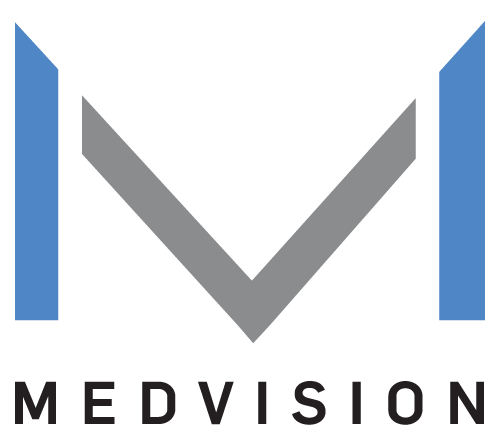Features to Look for in a Healthcare Credentialing Software
The competence and legitimacy of healthcare professionals are of paramount importance in any practice.
Healthcare credentialing is a critical process that verifies the qualifications, experience, and adherence to regulatory standards of healthcare providers. From physicians and nurses to allied health professionals, credentialing is vital in maintaining quality care and patient safety.
The traditional manual approach to credentialing can be time-consuming, error-prone, and resource-intensive. Healthcare credentialing software revolutionizes how practices manage the credentialing process. With technology advancing rapidly and the number of options increasing, how does one determine
the ideal credentialing software, and what are the key features to look for?
Read More:
Simplifying Contracting and Credentialing Processes
The Core Healthcare Credentialing Software Function: Provider Data Management
Provider data management is a crucial credentialing aspect, and the proper healthcare credentialing software simplifies this process. It should offer
comprehensive provider profiles with essential information such as education, licenses, certifications, and work history. These profiles serve as a foundation for informed decision-making.
The software should also facilitate efficient data entry and updates, reducing the risk of errors and saving valuable time. Practices maintain accurate and up-to-date provider information by automating these processes. With comprehensive profiles and expert data management, credentialing software becomes invaluable in managing provider information effectively.
Read More:
The Most Optimal Platform in Data Security for TPAs
Healthcare Credentialing Software Features for Compliance and Efficiency
Healthcare practices must adhere to
accreditation standards to ensure quality and patient safety. A reliable healthcare credentialing software must have meticulous auditing capabilities and customizable workflows aligned with committee guidelines.
Audits help identify deviations or discrepancies, enable prompt corrective actions, and demonstrate accountability. The built-in audit trail tracks all system changes, updates, and actions. Meanwhile, customizable workflows streamline credentialing, guaranteeing consistent evaluation practices and compliance with industry standards.
Read More:
How Important Is Compliance Auditing to Healthcare
Practices that use software compliant with industry standards enhance transparency, accountability, and efficiency in the credentialing process. It builds trust among stakeholders, demonstrating a commitment to high-quality care.
The Impact of Reporting and Analytics in the Credentialing Process
Healthcare credentialing software assists forward-looking practices in mapping out the direction of their institutions. These practitioners' software must equip them with systematic reporting and analytics capabilities.
Real-Time Dashboards and Reports
A robust healthcare credentialing software provides real-time dashboards and reports to track performance metrics effectively. These dashboards offer a view of critical data, providing instant insights into the status of the credentialing process. Real-time reports enable stakeholders to monitor progress, identify bottlenecks, and promptly make informed decisions.
Read More:
Why Organizations Really Need Healthcare Data Analytics
Performance Benchmarking
Reporting and analytics allow practices to compare their credentialing performance against industry benchmarks or internal targets. This benchmarking helps identify areas where the organization is excelling or falling behind, fostering a culture of continuous improvement and setting goals for elevated productivity.
Data Visualization for Performance Analysis
Data visualization capabilities in healthcare credentialing software make complex data more
accessible
and facilitate in-depth analysis. It allows practices to identify patterns, spot outliers, and gain valuable insights into the productivity and effectiveness of their credentialing process. This data-driven approach empowers them to identify areas for improvement, make informed decisions, and enhance the efficiency of their credentialing operations.
Read More:
Increase Healthcare Performance With Accurate Audit Reporting
Address Workflow Challenges with a Top-Tier Healthcare Credentialing Software
Practices encounter diverse
credentialing issues, including a need for more human resources, failed enrollment applications from outdated data, and complex regulatory requirements. Efficient credentialing processes and healthcare credentialing software like
QuickCap 7
(QC7) can help practices overcome these challenges and maintain compliant operations. As your reliable credentialing partner, QC7 offers
robust features, including comprehensive data management, automated auditing, and extensive reporting capabilities that simplify the credentialing process and ensure industry standard alignment.
The Comprehensive Solution for Efficient and Compliant Credentialing Is Here!
References:
- Patel, Roshan, and Sandeep Sharma. “Credentialing - StatPearls - NCBI Bookshelf.” Credentialing - StatPearls - NCBI Bookshelf, October 24, 2022. https://www.ncbi.nlm.nih.gov/books/NBK519504/#:~:text=A%20proper%20structured%20credentialing%20process,continuously%20audited%20for%20their%20performance.
- MedicalEconomics. “Improve Credentialing as a Path to Physician Retention,” n.d. https://www.medicaleconomics.com/view/improve-credentialing-as-a-path-to-physician-retention.
By Delta Letigio
•
October 7, 2024
Various hurdles stand between your organization and a successful federal-state health program. Here’s how to overcome them.
October 24, 2023
Explore how PHOs are leading the way in healthcare's evolution, improving quality and efficiency with value-based care strategies.
October 5, 2023
With the advent of value-based contracting comes a host of complexities. What’s the optimal strategy to navigate healthcare contracting in this environment?

















